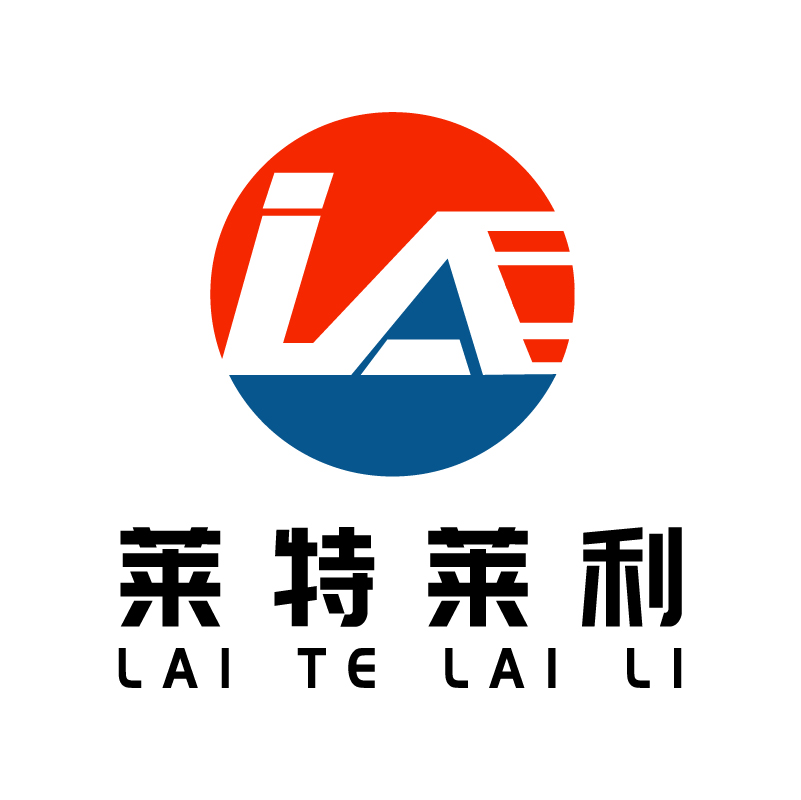How to build an efficient mixed carbon belt supply chain management system?
It is a comprehensive task to establish an efficient mixed-base carbon belt supply chain management system, which involves many aspects and links. Here are some key steps and strategies to help businesses achieve this goal:
1. Clear supply chain management objectives and index system
Set clear goals: First, enterprises need to clarify the overall goals of supply chain management, such as reducing costs, improving response speed, and enhancing supply chain resilience.
Establish an indicator system: Based on the goal, formulate corresponding key performance indicators (KPIs), such as inventory turnover, order fulfillment rate, supply chain response time, etc., in order to monitor and evaluate the effect of supply chain management.
2. Evaluate and optimize supplier relationships
Supplier evaluation: Conduct a comprehensive evaluation of suppliers, including quality, price, delivery time, after-sales service, etc., and select high-quality suppliers that meet the requirements of enterprises.
Establish long-term cooperative relationships: Establish long-term and stable cooperative relationships with key suppliers, share information, resources and risks, and achieve optimization and integration of all aspects of the supply chain.
Supplier performance management: regularly evaluate the supplier's performance, adjust the supplier's strategy according to the evaluation results, and motivate the supplier's continuous improvement.
3. Optimize inventory management
Reasonable inventory level: According to market demand forecast and supply chain response ability, set a reasonable inventory level to avoid inventory overhang or out of stock phenomenon.
First-in first-out principle: Follow the first-in first-out principle to manage inventory and ensure the freshness and quality of inventory goods.
Inventory management system: The introduction of advanced inventory management system, real-time monitoring of inventory dynamics, improve inventory turnover and utilization.
4. Establish an information platform
Information system construction: Establish an integrated information platform, covering procurement, production, inventory, logistics and other links, to achieve real-time information sharing and circulation.
Data analysis and prediction: The use of big data and artificial intelligence technology to conduct in-depth analysis and prediction of supply chain data to provide strong support for decision-making.
5. Strengthen risk management
Identify potential risks: Regularly identify potential risks that may exist in the supply chain, such as supplier failure, logistics disruption, market demand changes, etc.
Develop coping strategies: Develop coping strategies and plans for potential risks, such as establishing backup suppliers and flexible logistics channels.
Risk monitoring and response: Establish a risk monitoring mechanism to detect and respond to risk events in the supply chain in a timely manner to ensure the stability and reliability of the supply chain.
6. Continuous improvement and innovation
Continuous improvement mechanism: Establish a continuous improvement mechanism, regularly review and evaluate the supply chain management system, find problems and make timely improvements.
Encourage innovation: Encourage innovation in all aspects of the supply chain, such as the introduction of new technologies, new processes, new management, etc., to improve the overall efficiency and competitiveness of the supply chain.
7. Focus on talent training and team building
Talent training: Attach importance to the cultivation and introduction of supply chain management professionals, and improve the professional quality and comprehensive ability of the team.
Team building: Strengthen the collaboration and communication of the supply chain team, establish an efficient working mechanism and a good team atmosphere.
Through the implementation of the above steps and strategies, enterprises can gradually establish an efficient, stable and sustainable mixed-base carbon belt supply chain management system, so as to enhance the market competitiveness and profitability of enterprises.


